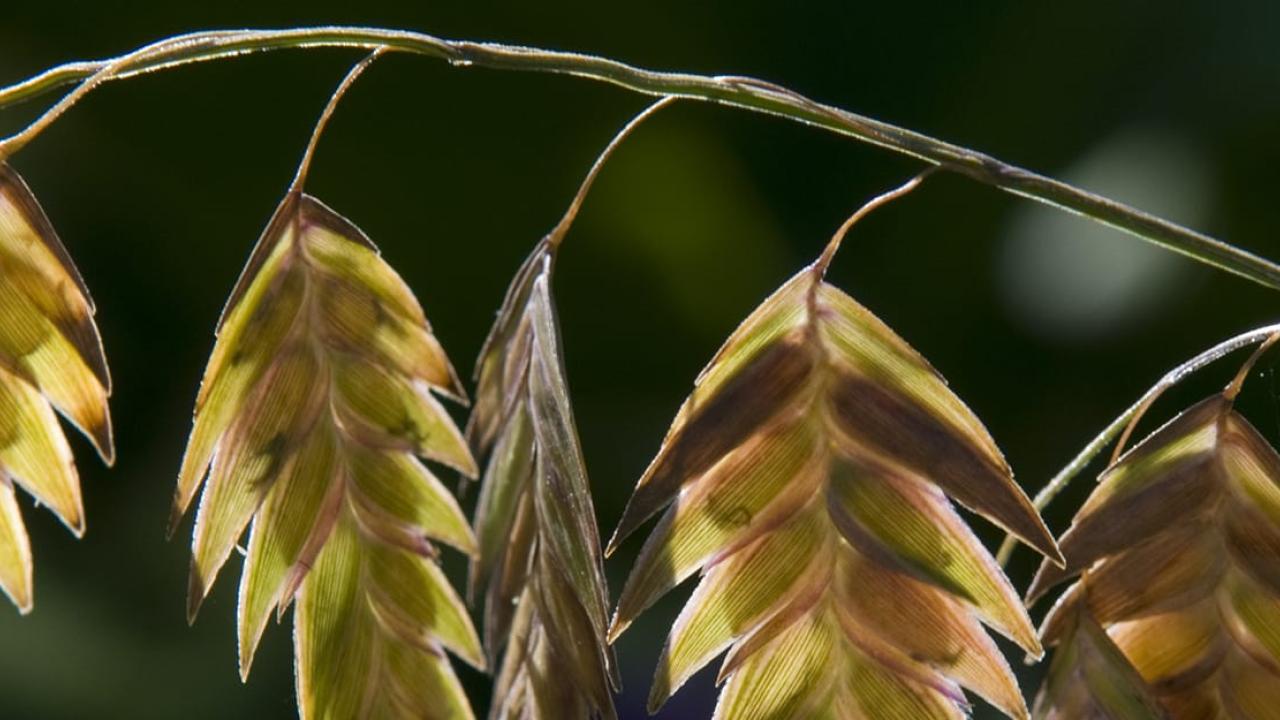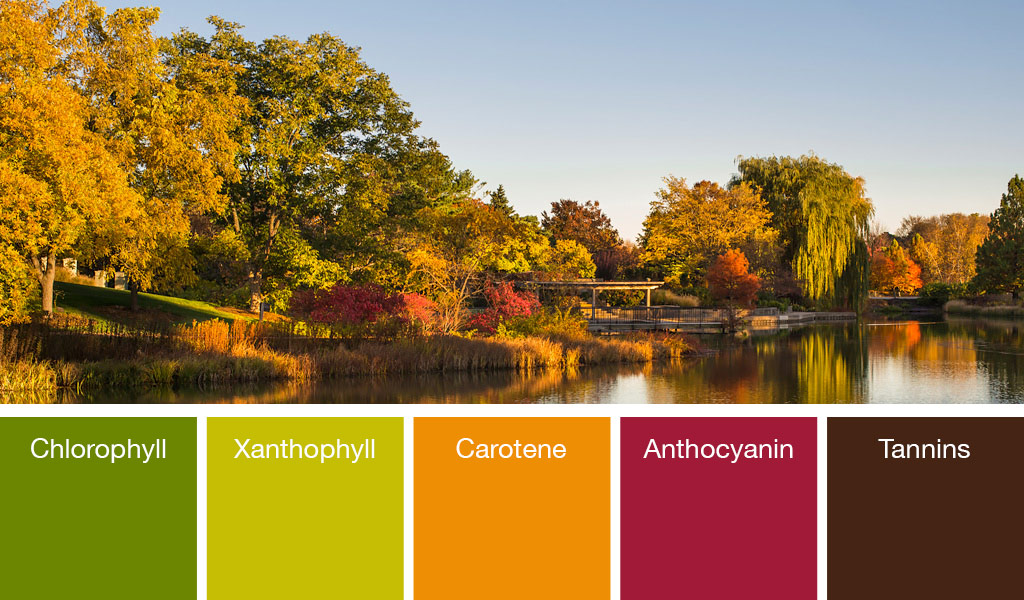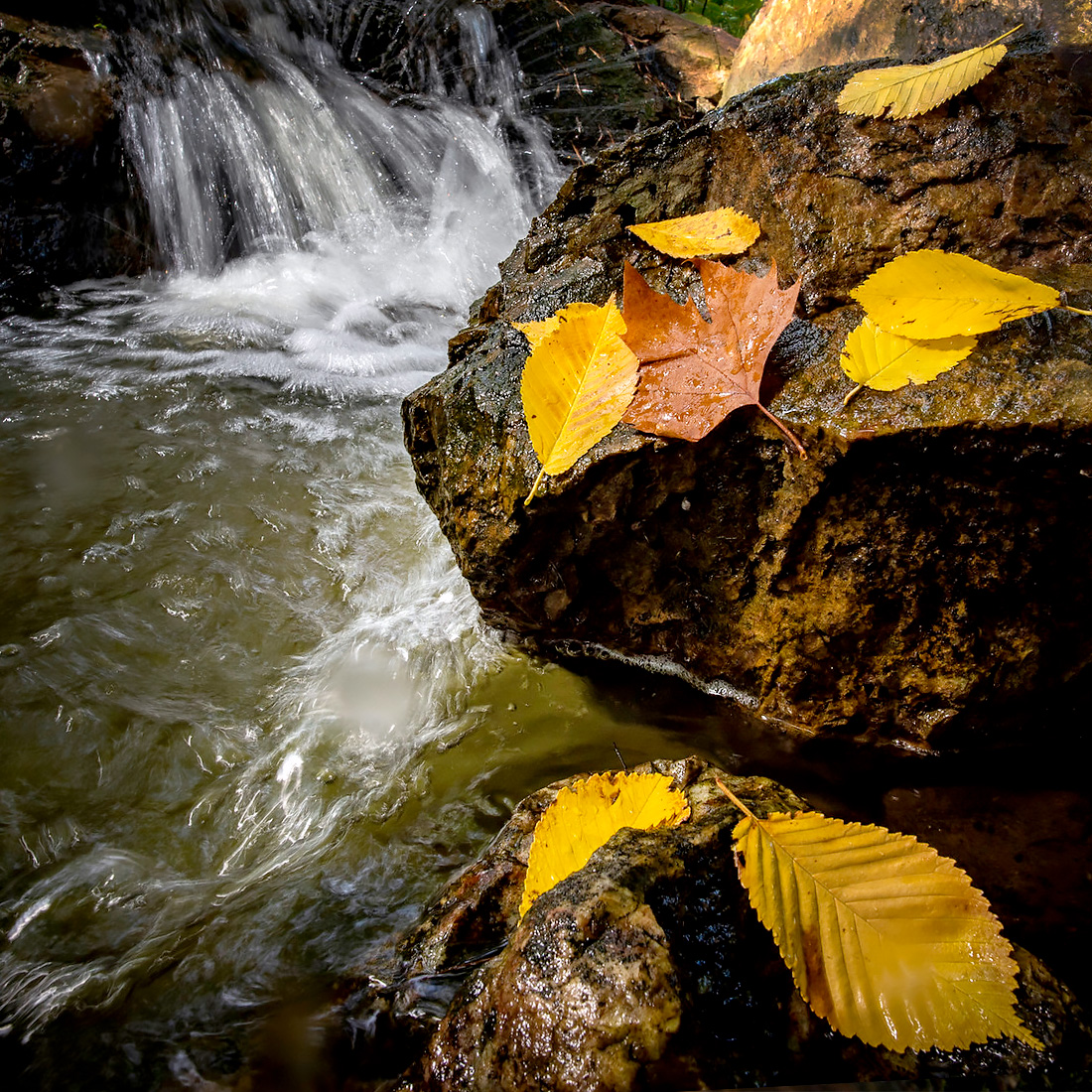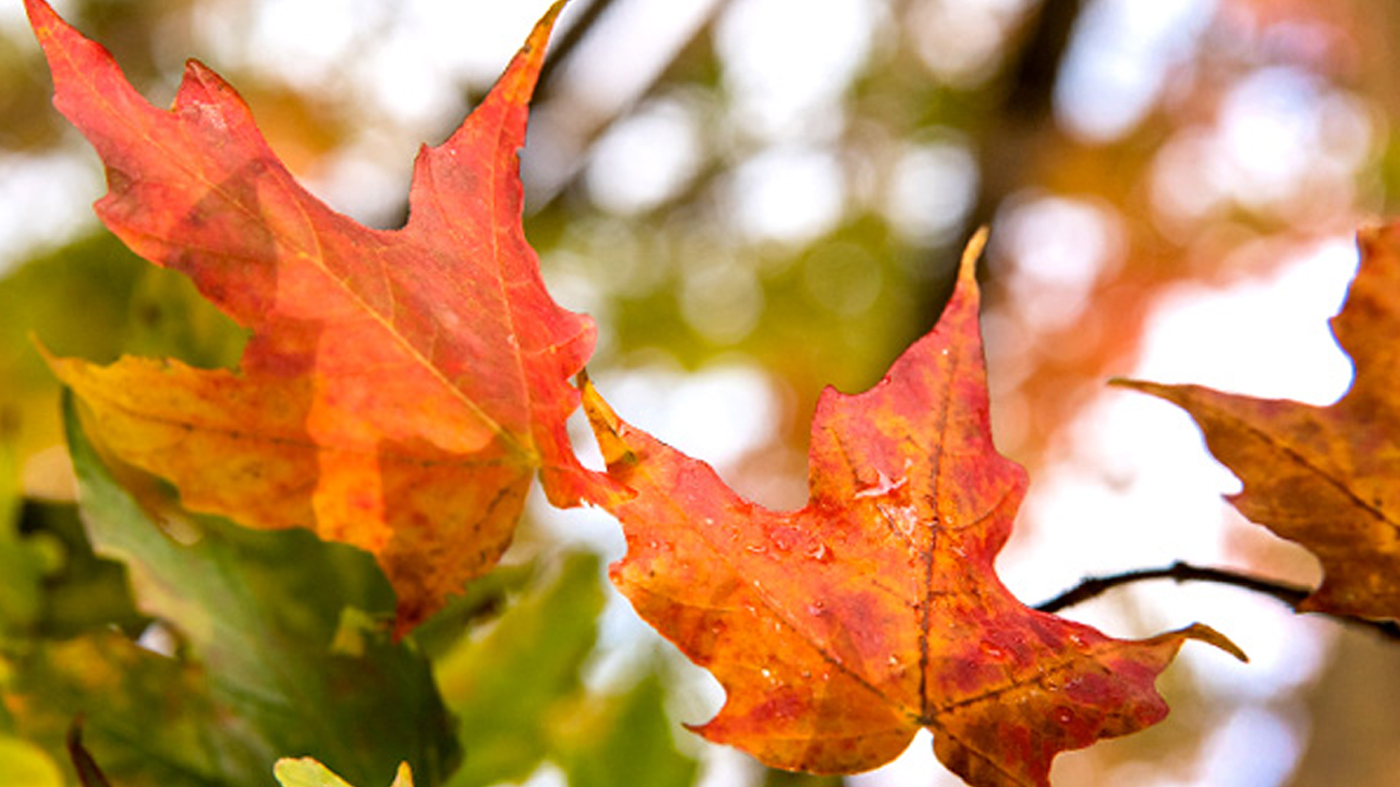

The Changing Climate
...and this year's fall colors
It’s hard to think of fall without picturing a mosaic of trees with warm-colored hues. Amber browns, golden yellows, and blazing reds cover many natural areas in the Midwest, including the Chicago Botanic Garden. It’s all thanks to fall’s shorter days and cool nights.
But with our changing climate, what happens to that classic fall color we’ve come to know and love?
This season, we’ve seen high temperatures upward of 80 degrees Fahrenheit in early October in the Chicago area and droughts happening across the country. Those kinds of changes have an impact on trees everywhere, including the Garden.
At the Garden, peak fall color emerges around mid-October. This year’s fall color show is not a drastic change, but the colors are a little “off,” according to Boyce Tankersley, director of living plant documentation.
So, how does fall color work, exactly?
Ordinarily, spring brings longer days and rising temperatures, initiating new growth. The previous year’s overwintered buds begin to open and new stems emerge. In summer, the sun triggers chlorophyll to make food in leaves, producing lush, green leaves. Fall brings shorter days, which means food production stops and chlorophyll breaks down. As the green color fades, other pigments like yellow, orange, purple, and brown emerge.
Climate change can interrupt that natural process by producing warmer temperatures in the fall. Heat can prompt leaves to fall before they have a chance to transform color, and droughts can cause leaves to brown and wither before they reach their peak color.

“I like to think of the climate in terms of a spinning top,” said Tankersley. “When things are right, the top spins with very little wobble—things are predictable and patterns repeat. With climate change, the spinning top is definitely wobbling, but exactly what ‘wobble’ will hit us here in the Chicago area is hard to predict.”
Part of the mission of the Garden’s Negaunee Institute for Plant Conservation Science and Action is to fight climate change through scientific research and action on conservation initiatives.
“The impact of the drought and heat on our trees and their fall color has been a topic of conversation among the horticulture staff for the last couple of weeks and in the news,” said Tankersley. “The diminished [fall] displays are caused, in part, by the drought and the hotter than normal fall temperatures.”
At the Garden, the prime fall-color tree walk begins at the Visitor Center and proceeds south along the Garden’s East Road on the way to the Daniel F. and Ada L. Rice Plant Conservation Science Center.
Given the fluctuation in fall foliage, Tankersley has some expert advice on getting a big dose of color.

“Seize the moment and enjoy the Garden’s earlier-than-normal fall colors. Plan to come back over the next four weeks to enjoy the progression of tree and shrub species as they each flaunt their colors in the spotlight.”
More on Fall Color:


